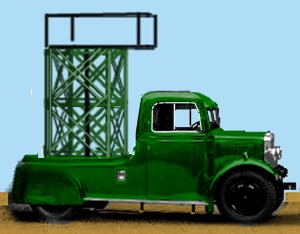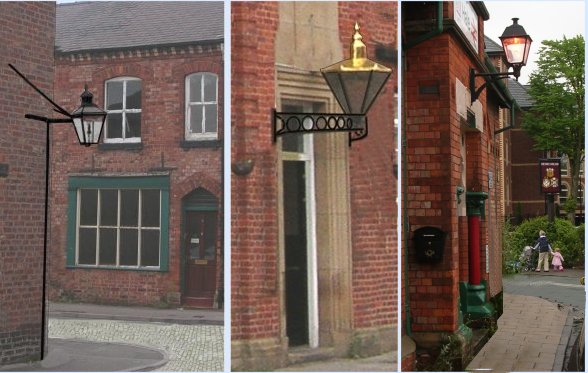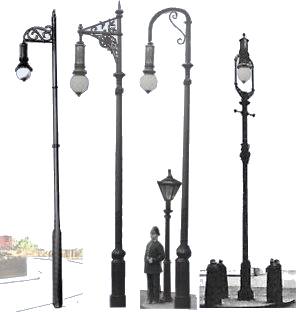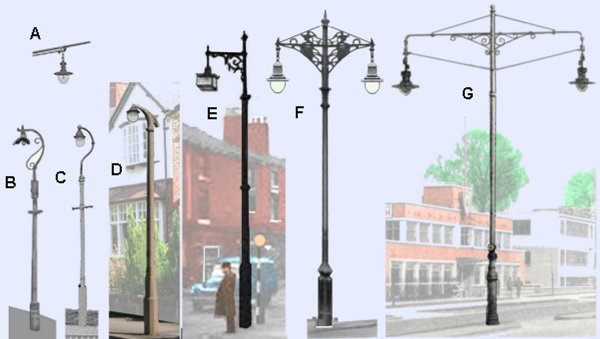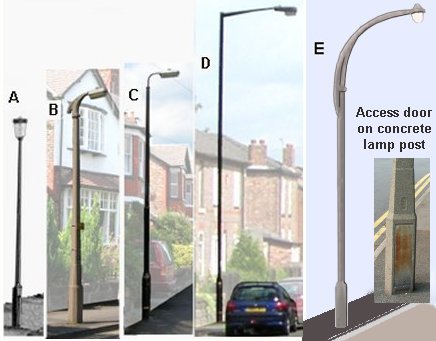International Good Guys ~ Making the world a better place since 1971 ~ Site maintained by
All material Copyright © Mike Smith 2003 unless otherwise credited
| Return to Appendix One Index |

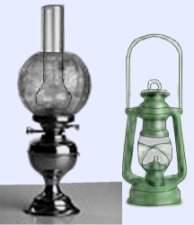
The following statutes empower local authorities to light roads but do not impose a duty.
In England and Wales, the Highways Act 1980 empowers a Highway Authority to provide lighting for any highway or proposed highway for which they are, or will be, the Highway Authority. District Councils and many Parish or Town Councils also have the power to provide lighting as local lighting authorities; these powers being conferred by the Public Health Act 1985, or the Parish Councils Act 1957. Where such Councils wish to provide lighting on a highway, the consent of the Highway Authority is required. In Northern Ireland, the Roads (Northern Ireland) Order 1993, Article 44 [5] grants the Department of the Environment the power to provide road lighting, where the Department considers that any road should be illuminated.
In Scotland, the Roads (Scotland) Act 1984, Section 35 [6], empowers a local roads authority to provide lighting for roads, or proposed roads, which are, or will be, maintainable by them and which in their opinion ought to be lit.
Highway Authorities have a duty of care to the road user. Any loss to an individual as a consequence of the inappropriate use of these powers may result in action being taken to recover the loss. Such action could be taken on several grounds:- Negligent exercise of power (including failure to use that power). There is no blanket immunity.
- Action for misfeasance of public office.
- Breach of the common law duty of care (if it can be established).
NOTE: This duty of care does not imply any duty on the Highway Authority to keep the public lighting lit. However, an authority responsible for the maintenance of public lighting should be able to demonstrate that they have systems in place to maintain the public lighting equipment in a safe condition, including the detection of dangerous equipment.
